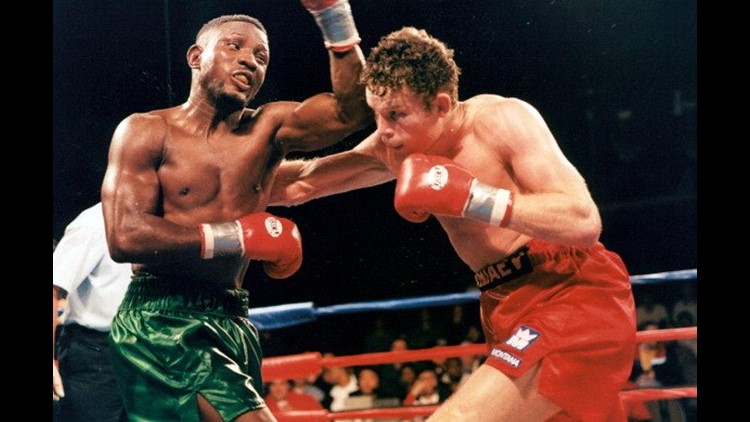Left-handed people are better in combat than their right-handed counterparts, according to new research — something that may help to explain the continued existence of the trait.
Around 10% of the population is left-handed, and research has linked the preference to higher rates of breast cancer, bowel problems such as Crohn’s disease, and schizophrenia.
Given the costs of left-handedness you might expect the trait to have disappeared as humans evolved, but there is an interesting explanation.
According to the “fighting hypothesis,” right-handed people are more used to fighting fellow right-handers due to the relative rarity of left-handed people.
As a result, left-handed people, also known as southpaws, have a competitive advantage in combat because their opponents are likely to be disoriented by their fighting stance.
During more violent eras in human history this meant that left-handed people would have been dominant in physical confrontation and therefore more able to spread their genes, explained researcher Thomas Richardson, an evolutionary biologist and PhD student at the UK’s University of Manchester.
Richardson co-authored new research, which has not yet been peer reviewed, with University of Manchester lecturer Tucker Gilman. It is published in full on the online journal BioRxiv.
“The reason left-handers exist is because our left-handed ancestors won more fights,” Richardson, who is left-handed himself, told CNN via telephone.
And his research provides new evidence for the fighting hypothesis.
After analyzing the performance of almost 10,000 boxers and mixed martial arts fighters, Richardson found that left-handed people are overrepresented among fighters and also win a higher percentage of fights.
He also used a rating system that takes into account the quality of opponent and other metrics to provide a more complete picture.
Results show that a randomly selected left-handed fighter would have a higher rating than a randomly selected right-handed fighter 54% of the time.
“It’s a small effect but it’s a significant one,” said Richardson, who studies male-to-male competition and violence.
The results build on previous research that had suggested that left-handed people have an advantage in combat sports.
However, this paper uses a far larger and more diverse data set, according to Richardson.
Even if you’re not the fighting type, the good news is that this competitive advantage extends to other sports where there are direct one-on-one interactions, such as tennis.



